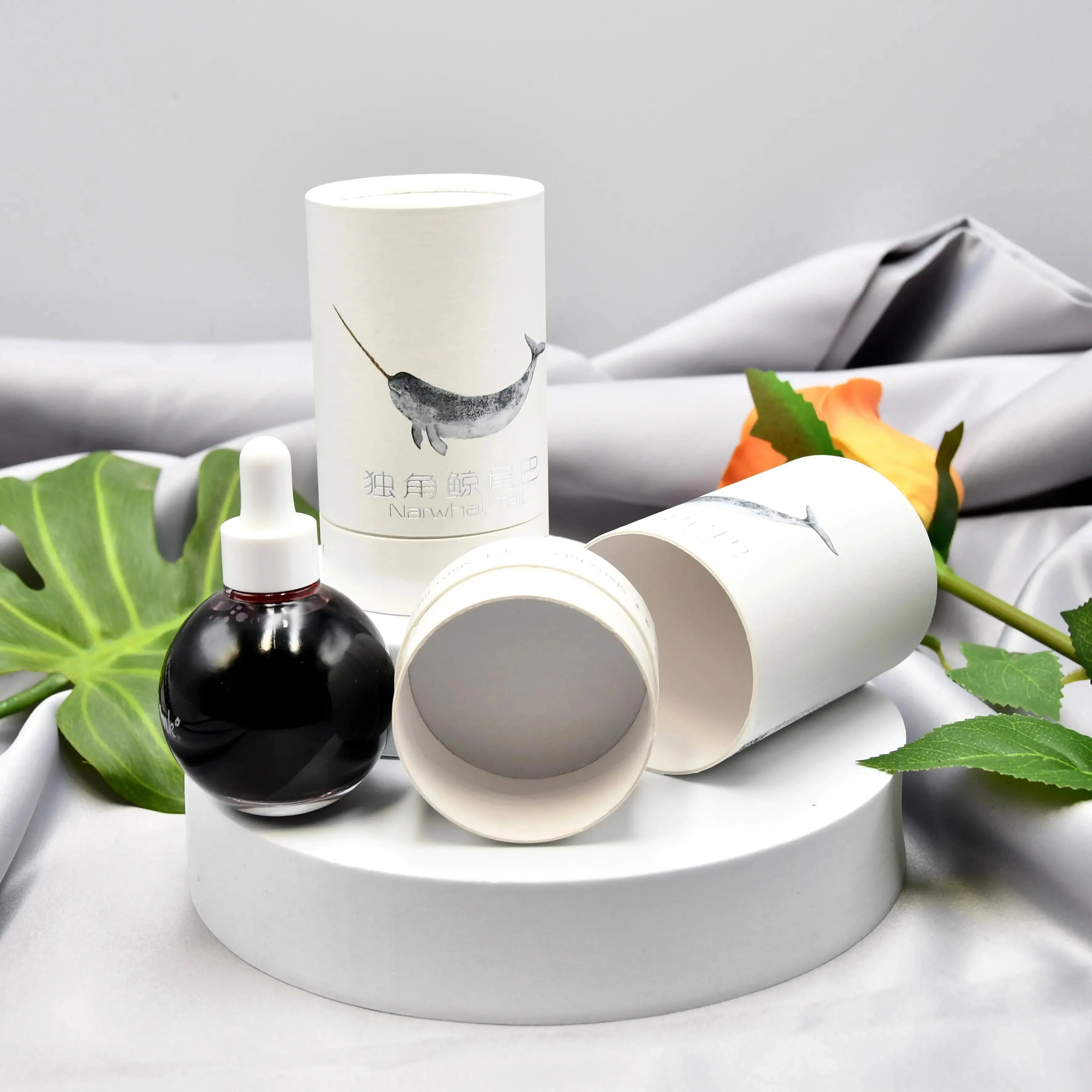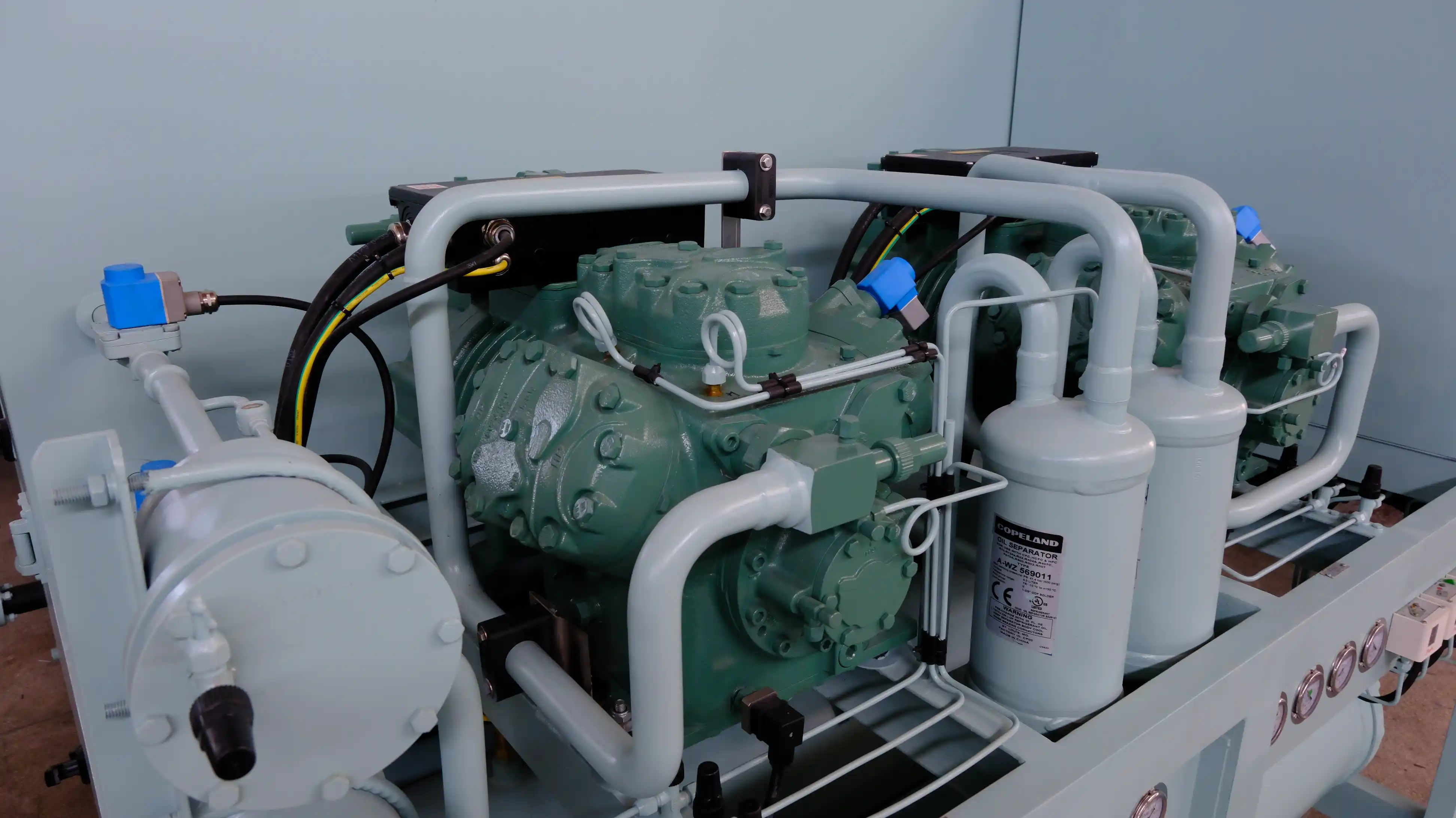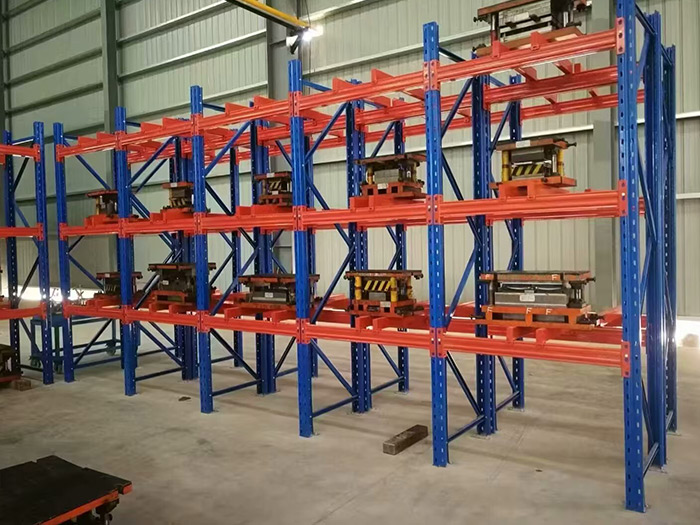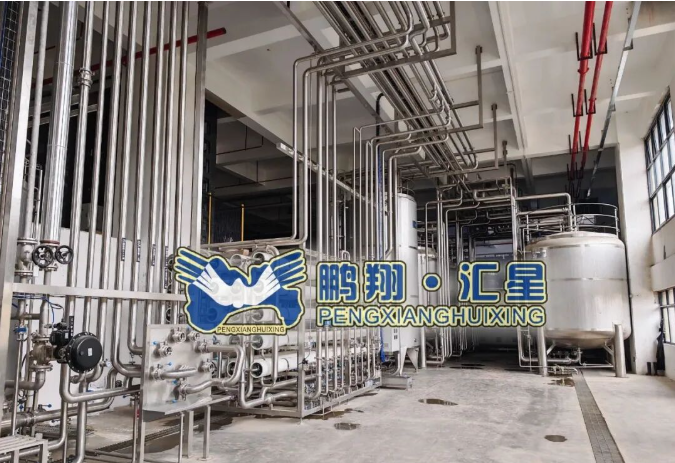Exploring the Diverse World of Biodegradable Bags: Unveiling the Many Types
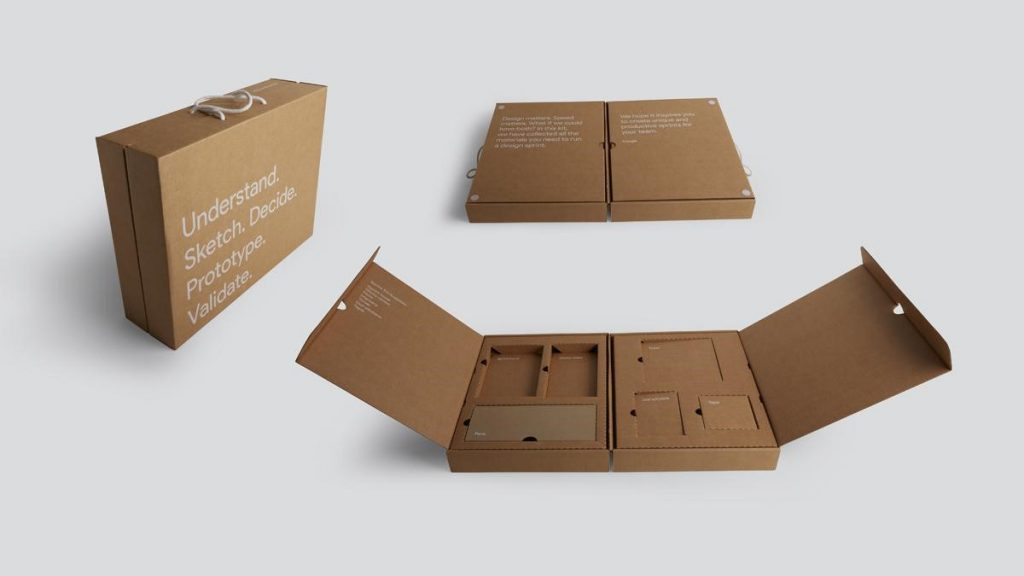
In today's environmentally conscious world, the demand for sustainable alternatives to traditional plastic bags has grown exponentially. Biodegradable bags have emerged as a promising solution, offering a more eco-friendly option for consumers. This article aims to delve into the diverse world of biodegradable bags, exploring the various types available and their unique characteristics.
- Compostable Bags:
Compostable bags are designed to break down completely in a composting environment, leaving behind no harmful residues. These bags are typically made from organic materials such as plant starch, cellulose, or polylactic acid (PLA). Compostable bags offer a sustainable option for waste disposal, as they can be composted along with organic waste, reducing landfill burden. - Bioplastic Bags:
Bioplastic bags are derived from renewable sources such as cornstarch, sugarcane, or vegetable oils. These bags are designed to mimic the properties of traditional plastic bags while being biodegradable. Bioplastics can be either partially or fully biodegradable, depending on the specific composition. They offer a viable alternative to petroleum-based plastics, reducing dependence on fossil fuels. - Oxo-degradable Bags:
Oxo-degradable bags are conventional plastic bags with additives that accelerate the degradation process. These additives cause the bags to fragment into smaller pieces when exposed to oxygen and sunlight. While oxo-degradable bags do degrade faster than traditional plastics, they do not fully break down into harmless substances. Their use remains controversial due to concerns about microplastic pollution. - Water-soluble Bags:
Water-soluble bags are designed to dissolve completely in water, making them an excellent option for applications such as laundry bags or single-use packaging. These bags are typically made from polyvinyl alcohol (PVA) or other water-soluble polymers. They offer convenience and reduce plastic waste, especially in situations where direct contact with water is expected. - Mushroom-based Bags:
Mushroom-based bags, also known as mycelium bags, are a fascinating innovation in the world of biodegradable packaging. These bags are made from agricultural waste combined with mycelium, the root structure of mushrooms. The mycelium grows and binds the waste materials together, forming a sturdy and biodegradable packaging material. Mushroom-based bags are not only eco-friendly but also have excellent insulation properties.
Conclusion:
The world of biodegradable bags is vast and continuously evolving. From compostable and bioplastic bags to oxo-degradable and water-soluble options, each type offers unique benefits and applications. By embracing these alternatives, we can reduce our reliance on traditional plastic bags and contribute to a more sustainable future. Remember, choosing the right type of biodegradable bag for specific needs is crucial to maximize their environmental impact. Let's embrace innovation and make a positive change for our planet.

